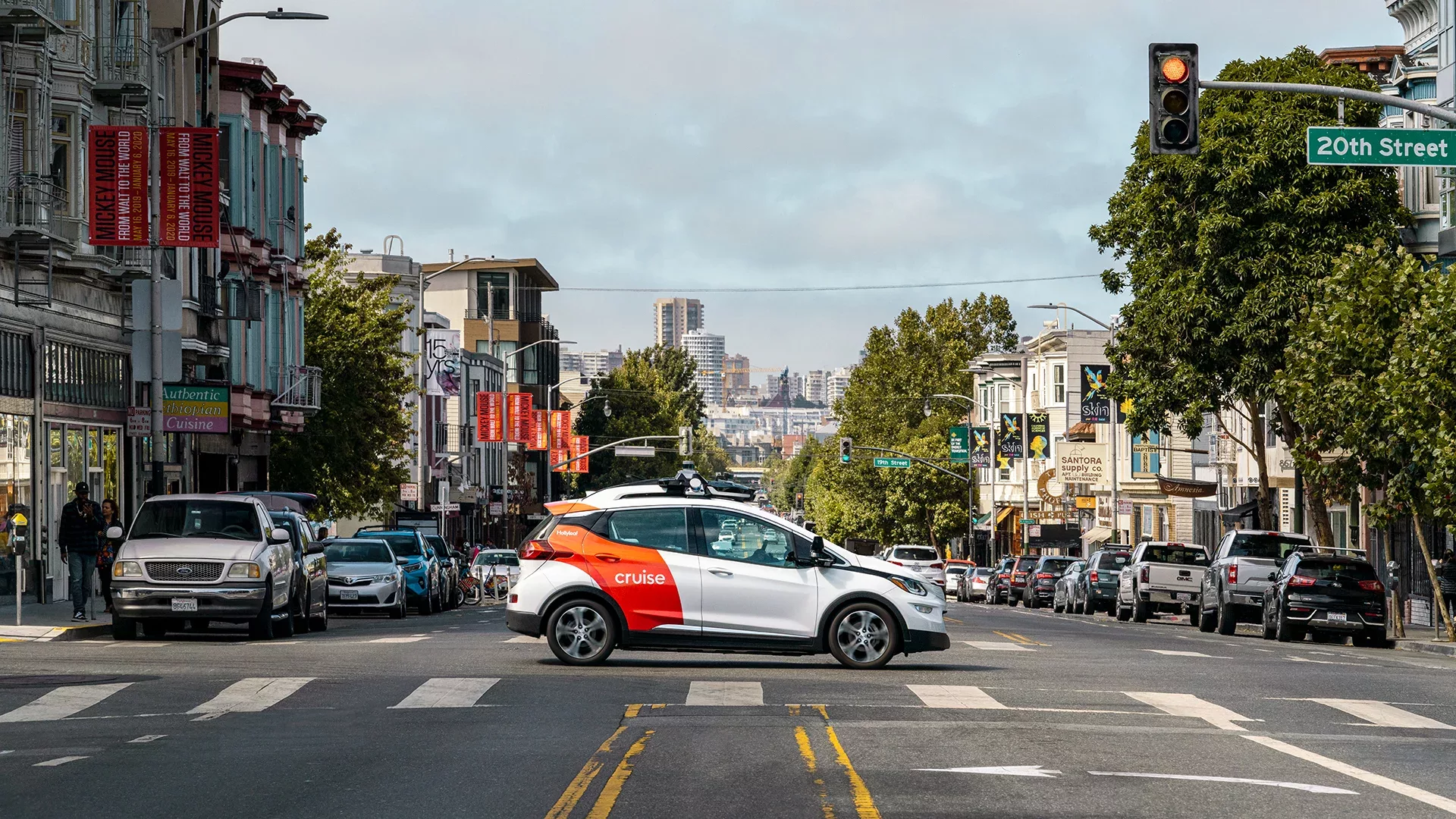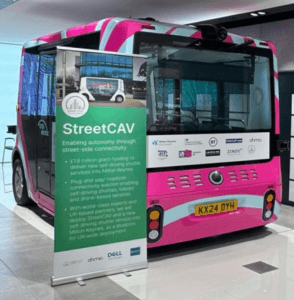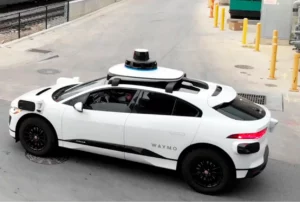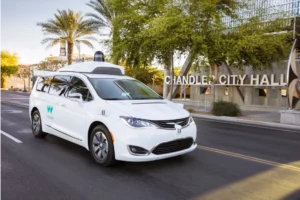General Motors has filed a patent application for anti-motion sickness technology for autonomous vehicles.
The website Motor Authority reports that in the application, filed with the United States Patent and Trademark Office, GM notes that even if autonomous vehicles proliferate, people may still be hesitant to ride in them.
Previous research suggests people may need to be trained to be able to travel comfortably in driverless vehicles.
The report says motion sickness is more likely to occur when a passenger is focused on something else, such as reading a book or scrolling through a phone, GM noted. Those are the kinds of things many people are expected to do in vehicles when they no longer have to drive themselves. So eliminating motion sickness is especially important in autonomous cars.
Motor Authority says GM has outlined a system of lights and images that visually represent the forces of acceleration, braking, and cornering. This not only helps align a person’s sensory perception with the forces acting on their body—addressing the cause of motion sickness—but also build trust by providing more information about what the vehicle is doing.
(Picture – GM Cruise)



























